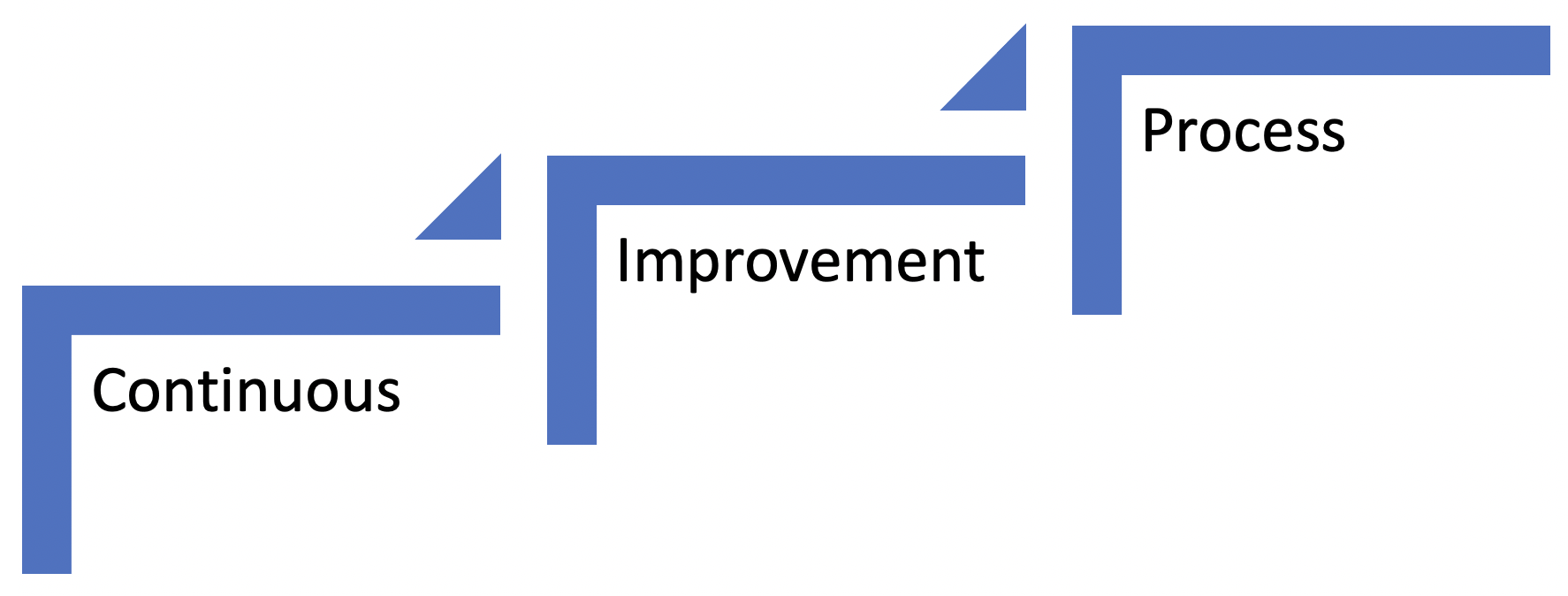Published – 30 March 2022 By Gavin Beever
Where an extension project or program has outcomes that involve innovation, cultural change, continuous improvement or a diversity of ideas and empowerment of stakeholders; Agile Project Management can provide a simple and iterative approach that can support achieving or dealing with these types of elements throughout the life cycle of the project or program.
“One of the key aims of an “Agile Project Management Process” is to deliver benefits throughout the entire lifecycle, not just not at the end.”
Agile Project Management suits situations:
- Where the “problem(s)” to be solved is complex
- The solutions are initially unknown
- The requirements are likely to change over the life of the project or program
- The work can be modularised
- Close collaboration with end users/stakeholders (and rapid feedback from them) is viable
“The approach is iterative and is made up of short “agile” life cycles or steps towards achieving the completion of a project.”
It was developed to cope with the challenges of software development, but has evolved to be beneficial in any situation that has a goal of innovation and continuous improvement. It is not particularly suited to projects that are based on routine operational tasks, that don’t involve a need for evolution or change.
Innovation is really what agile is all about. The development of the approach was led by Jeff Sutherland and Ken Schwaber.

Key Components
Scrum Methodology is often used. This process is implemented with small teams of three to nine and when the project is full time for most of them, for the duration of the project. It promotes collaboration throughout, especially with the “customer” or end user, through tight feedback loops.
The team has a “Product Owner” (Team leader) that creates an environment for team success and ensures a focus of maximum value for the time and budget allowed, against the project or program goals. The team is multi-disciplinary and and is made up to include all of the skills and experience required to achieve the desired outcomes. It is self directed and accountable for the tasks and outcomes it is working on.
“The team is led by questions, not orders.”
The Product Owner works with the team and also has a coordination/communication and networking role with any key stakeholders. The Product Owner may use methods such as design thinking to develop a “product backlog” of promising opportunities that could meet the required outcomes. They then continually and stringently rank-order the list according to the latest estimates of value to the “customer”/end user.
The Product Owner doesn’t direct the team or scope and allocate tasks, but rather lets the team create their own road map which identifies the tasks, ranks them (including key performance indicators that will demonstrate completion) and then breaks them down into modules to work on. The Product Owner protects the team from distractions and helps it collaborate fully across the team and with stakeholders.
All team members must maintain motivation. If the Product Owner identifies that motivation is waning, they must address it very quickly. This may involve removing particular team members from the team.
‘The magic happens when the commitment of the team occurs.” – Dr Jeff Sutherland
Sprint
The team completes a series of tasks over a “Sprint” a short period of time, from two to six weeks. Progress is reviewed during the short daily meetings (~15mins) and at the completion of the sprint there is a reflection on the outputs and what has been learned, good and bad and it looks at opportunities for future adaptations and how to increase quality and effectiveness.
Scrum
“Scrum is a lightweight framework that helps people, teams and organisations generate value through adaptive solutions for complex problems.” – Jeff Sutherland and Ken Schwaber
The “Scrum Guide” developed by Jeff Sutherland and Ken Schwaber can be found here.

They describe that a Scrum requires a Scrum Master to foster an environment where:
- A Product Owner (Team Leader) orders the work for a complex problem into a Product Backlog.
- The Scrum Team turns a selection of the work into an Increment of value (a concrete stepping stone toward the Product Goal) during a Sprint.
- The Scrum Team and its stakeholders inspect the results and adjust for the next Sprint.
- Repeat
Dr Jeff Sutherland breaks down the structure of “Scrum” in this video.
Scrum values – “Successful use of Scrum depends on people becoming more proficient in living these five values.”
- Commitment
- Focus
- Openness
- Respect
- Courage
Dr Jeff Sutherland discusses the five Scrum Values in this video.
